
What’s not to like?
TED is a genius brand. It’s creative, radical, iconoclastic, open to all. Plus, it sounds like a furry bear, and who – except those who routinely steal candy from children – could dislike one of those?
TED stands for Technology, Entertainment, Design, and it was begun as a conference at which developers in those fields could showcase their ideas to fellow practitioners and, crucially, investors. Since it was bought by the self-made publisher Chris Anderson in 2001 through his Sapling Foundation (f. 1996), TED has grown and grown, to a $30m turnover in 2010. It has also changed. Under Anderson’s direction, topics covered by TED speakers have broadened dramatically from their original remit to encompass the sciences and arts. On top of this, TED has developed a bold brand of visionary insight for world change.
Perhaps TED’s greatest triumph is the way that it manages to combine extraordinary exclusivity with a mythos of openness. Attendance at the main conference this year will set you back a minimum of $7,500; becoming a TED patron costs $125,000 over five years. However, in 2006 TED began webcasting its talks free of charge, announcing – astoundingly – its billionth view in November 2012.
Everyone seems to buy into TED’s brand. The UK media – in particular the Guardian group – have extolled it for the past five years. Media sources are beginning to cite it as an authority in their articles: if something is said at TED then it must be true and also valuable. Academics are also swept up in TED’s appeal. A colleague joked to me over lunch the other day that our students would do better to watch TED talks on the Internet rather than attending some of our lectures; there was a grain of sincerity in what she said. TED’s creation of a non-peer reviewed platform of expertise, though by no means historically unique, is certainly worthy of note.
When you add to this admiration TED’s collective and missional belief that institutional funding is not necessary for R&D, you have a state of affairs that is, to say the least, challenging to institutionalised research. ‘An idea can be created out of nothing except an inspired imagination’, its website claims – try telling that to a lab director scrabbling for grants. ‘[An idea] can be transferred across the world at the speed of light for virtually zero cost’ – I wonder how that would go down in the Department for International Development?
So who are these TED speakers, attendees and donors, and why do they hold to this model of knowledge? And should we be worried by them?
TED’s donors, according to its publicly-accessible tax-exemption documentation, are overwhelmingly venture capitalists and hedge fund managers (some operating from tax havens such as Bermuda or the British Virgin Islands). When you look up their public profiles, their preferred self-description is typically ‘entrepreneur’. Many of their careers were interwoven at some point with internet or other tech development, and having ridden this wave they now have mega-funds to invest.
As a historian of science, I find myself thinking back to previous centuries of science patronage, not least Galileo working in the insanely wealthy court of the Medici. Like the Grand Duke of Tuscany, Cosimo II, TED’s donors bask in the reflected glory of their protégés – the speakers at TED conferences. Make no mistake about it, TED speakers are smart people, and slick with it. So there’s great kudos and chic for donors in hearing clever talks that flatter their intellectual propensities. The public online accessibility of TED’s talks only enhances the warm glow of these patrons, basking in the knowledge that several million people have clicked to watch the speaker that they have met in person. The public, viewing online, can tag (or watch) TED talks according one of a number of pre-determined labels – ‘persuasive, courageous, ingenious, fascinating, inspiring, beautiful, funny, informative’ – that necessarily affirm the brilliance of speakers and the taste of their patron-listeners. (Would that these were the only options for course evaluation available in the universities’ National Student Survey.)
Plus, of course, participating in TED is a serious boost to your moral self-image. Hanging out with TEDsters Bono and Clinton and the global super-elite of do-gooders makes you an A-list philanthropist.
One should not forget that TED’s patrons continue to be active investors. There is no evidence of impropriety, but at the very least we can say that TED conferences are a gold-plated opportunity to network. As active investors, TED’s patrons have an on-going concern to see, identify and invest in enterprises that they judge likely to succeed financially. Likewise its speakers (who can be nominated by the $125K TED patrons) get an unparalleled opportunity to leverage their ideas and products.
There is in particular a queasy connection between the school-bashing strand of many TED talks and its new TED-Ed strand dedicated to online teaching. ‘With this feature, educators can use … any video lesson featured on TED-Ed or … based on a TEDTalk. Just plug the video in and start writing questions, comments, even quizzes’, says TED. I’m no technophobe but this doesn’t sound like creative human engagement to me, or at least not a replacement for it.
Some of TED’s highest-giving donors are invested in internet education platforms. For instance lynda.com, an online teaching facility, gave $156,000 to TED under two separate identities during the 2010 tax year. If the Internet trend has been for the ruthless monetisation of phenomena that began for fun, then it would be a fair bet that the brave new world of online education provision will not be an exception.
Despite their preference for the moniker ‘entrepreneur’, many of TED’s donors are actually from already wealthy or super-wealthy families (Disney, Estée Lauder), and are Ivy-league educated. Many are serial philanthropists; between them they have a network of tax-incentivised non-profit foundations of varying activity – some highly active; others with no publicly visible mission statement or recently-filed tax exemption returns.
Chris Anderson’s wife, Jacqueline Novogratz, runs one such foundation, the Acumen Fund, and the majority of its income derives from Anderson’s Sapling Foundation. In 2010 Acumen’s salaries and related costs amounted to $4.25M (including $287K to Novogratz); their disbursal of grants amounted to just $580K. The vast majority of their disbursed funds – just under $8M – took the form of loans, to for-profit entities investing in such commodities as health, water, housing, and energy in the developing world. What proportion of these loans is direct, and what proportion goes via another tier of for-profit portfolio management, is difficult to tell.
Some of Sapling’s donors are murkier than others, but the vast majority appear to be sincere in their philanthropy. An examination of their public statements reveals that they collectively share two key beliefs about it. First, they feel beholden to ‘give something back’ to the world in which they have financially succeeded. Secondly, they have an evangelistic faith that the way they made their money is the way that success can and should work for everyone, especially in the developing world. Some of them, speculating their cash on such schemes, deem themselves ‘angel investors’.
TED’s funding model for research, and very definition of research, is venture capitalism. Its donors believe in venture capitalism as a funding method because this is how many of them made their own money, through the IT booms. They believe in a marketplace of ideas – the essence of the well-networked TED conferences – and in the ability of the good ideas to attract investors. They also – and here’s the fatal circularity – believe that IT is both the vehicle for this circulation of ideas and the source of its best products.
TED’s rhetoric goes that IT is good because it enables people to bypass traditional and stultifying forces of culture and economics (such as curriculum-based learning, or organised/centrally-funded research). Internet based technologies, in their vision, inherently respond to the requirements of the people in just the same way that market forces do. It’s a remarkable coincidence, given that these people are in the business of selling IT.
After submersing myself for hours and hours in TED talks and rhetoric I began to feel like an Alice who, having spent too long in Wonderland, began to lose her bearings on reality. What indeed was wrong with these mega-wealthy patrons using their money to support the technological development of poorer nations? Wasn’t the promotion of useful research in the validating presence of celebrities better than no promotion at all? And whatever had given me the notion that there was something problematic about venture capitalism as a funding model for the making of knowledge?
One thing we should note is that TED is parasitic upon conventional research funding whilst propagating an emergent message that such funding is unnecessary. Its presentation of arts and sciences in the presence of IT investors smacks of decorative learning, reminding me of the British Museum’s original role as the cultivated face of ruthless imperialism. Inasmuch as it presents academics’ research in the arts and sciences, TED piggybacks off publicly-based conventional funding, whilst presenting it within its overall context about the free-ness of ideas and the effectiveness of venture capitalism. God help us if governments responsible for allocating funds to research councils buys TED’s message that a good idea costs nothing. It is certainly not without its appeal. And watch out for an Amazon-style monopoly of TEDsters in the Internet-based delivery of education for the poor in the near future.
Of course TED does not do anything so crass as to publicly articulate or recommend any model for funding and its research. Indeed, there is not even a single ‘voice of TED’; it revels in its networked nature. But it would be naïve in the extreme to think that the collected wealth of its patrons, whose achievement is valorised through the chic of its conferences and propagated globally through the muscle of their investment strategies, has no effect. The message is no less powerful – perhaps is more so – for being emergent rather than explicit.
If you doubt that venture capitalism and hedge funds have been successful in a widespread and equitable enhancement of global public good then you might well question whether this is a good way of choosing what knowledge to value and develop. And you might legitimately point out that IT firms have not always reached their financially dizzy heights of success without a certain creativity in fulfilling their civic tax responsibilities.
Many good things come out of TED. Its speakers present ideas that are interesting and curious in themselves. It offers a chance to increase the profile of research, and to connect it with the people who can facilitate its positive impact on the world. But it should also give us considerable pause for thought, lest we buy into its economically infected notion of what knowledge is.


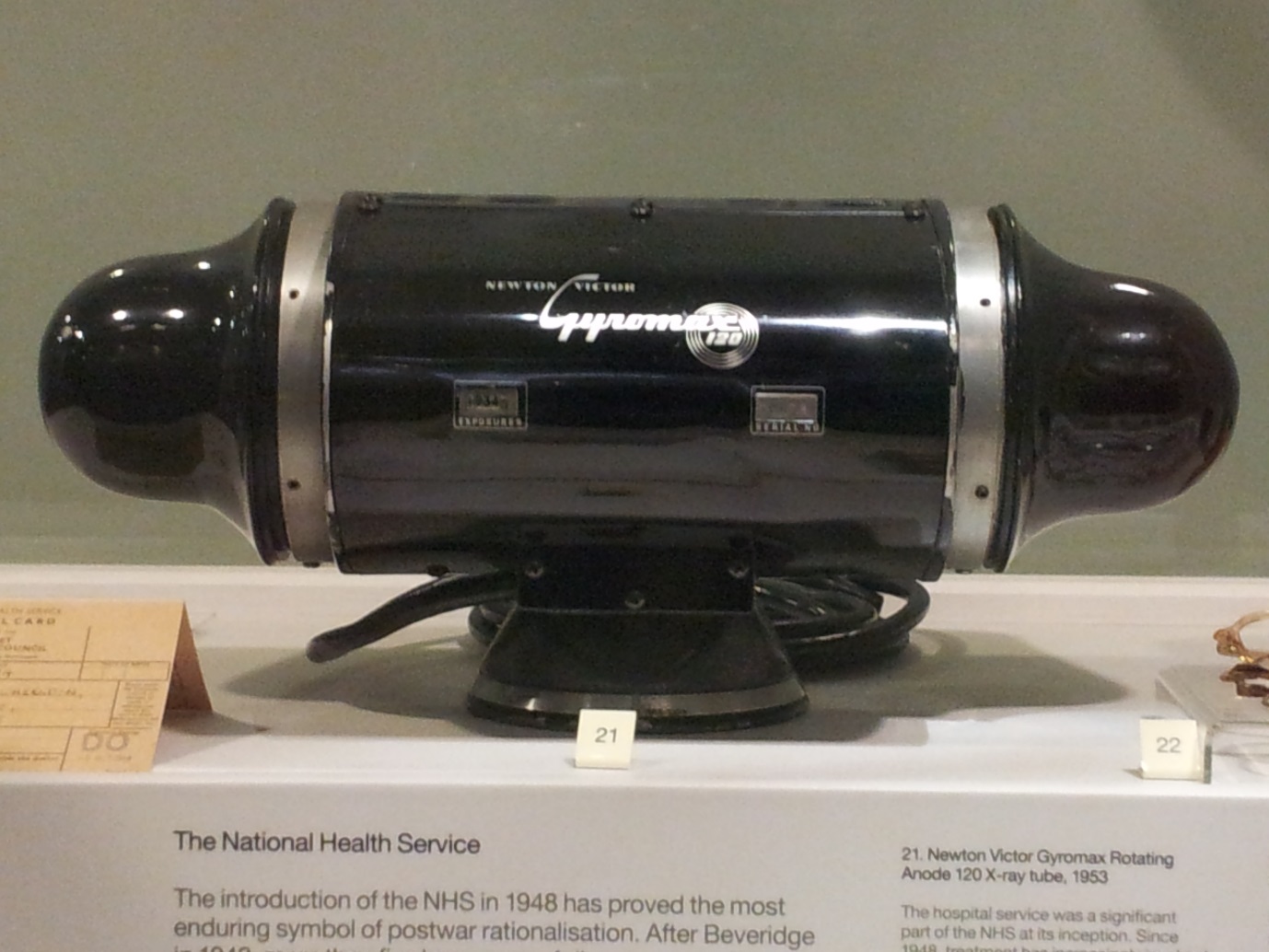
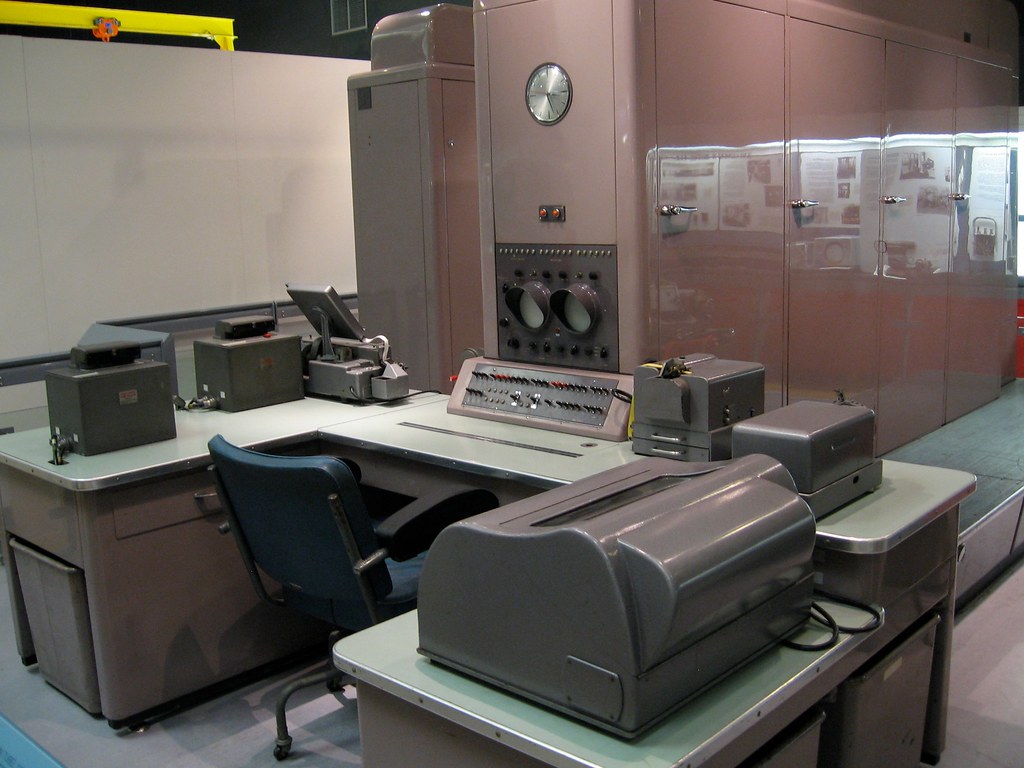




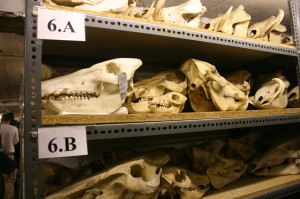
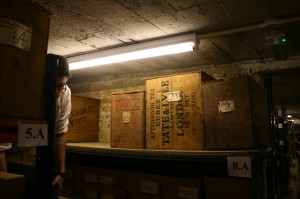
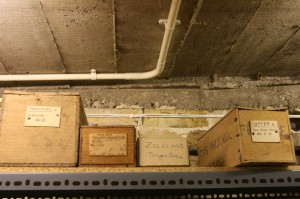


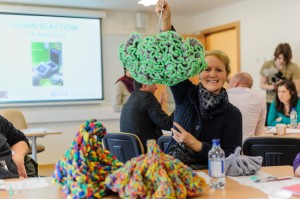
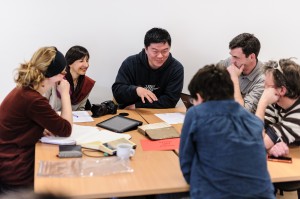


Recent Comments